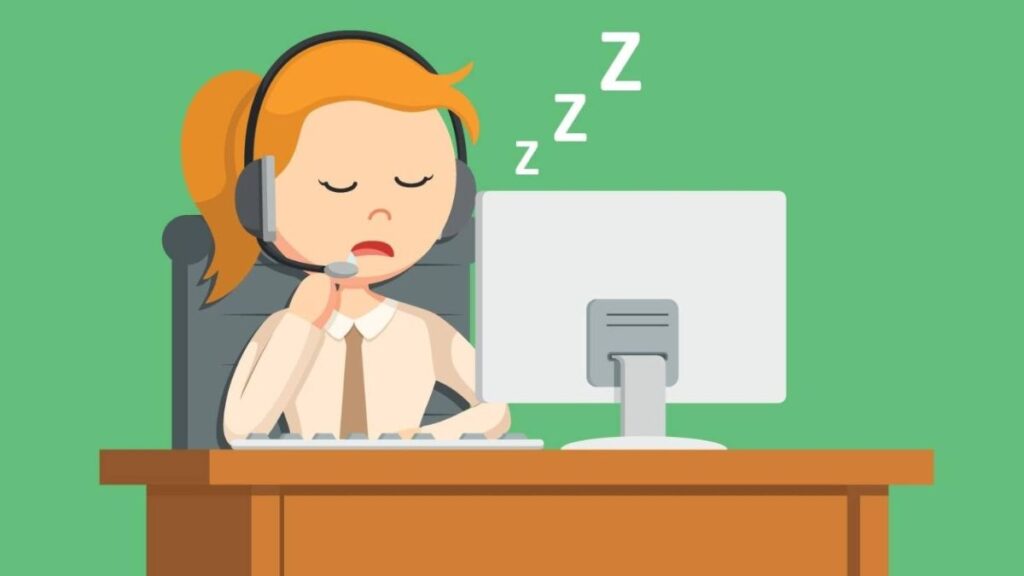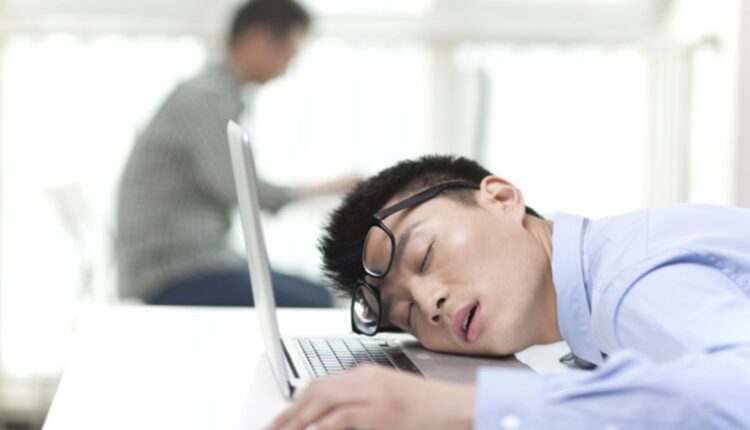TNI Bureau: In several professions, falling asleep while one is supposed to be awake is regarded as grave misconduct and is cause for disciplinary action, including termination of employment. However, there has recently been a movement in favor of napping or sleeping at work, with studies highlighting its benefits for productivity and health, and over 6% of businesses in some nations offering facilities for it. Inemuri, a concept popular in Japan, is the practice of permitting people to nap in public.
A more precise definition of inemuri would be being present while asleep, yet it is possible to define it as sleeping on the job. Inemuri, or sleeping in public places like train stations, classrooms, or mall steps, is significantly more prevalent in Japan than it is in North America or Western Europe. Furthermore, it is socially acceptable.
They can be found everywhere, including cafes, department stores, park benches, offices, and educational institutions. You will unavoidably see several inemuri sleeping if you take the train, especially during rush hour. Later, we’ll talk more about this.

How did it Originate?
In public, people have occasionally slept off since the beginning of civilization. However, it was during Japan’s postwar economic boom that the more particular concept of inemuri really gained. As a result of Japan’s economic miracle in the 1960s, 1970s, and 1980s, the country grew quickly and became one of the world’s superpowers.
Most people had good lives. People had more money, jobs, and money for leisure activities. People consequently become extremely busy. The reputation of the Japanese as diligent people who never sleep was something they took great pride in. When there was money to be made, meetings to be held, and appointments to keep, but no time to sleep. And that’s how it originated.
But Why In Public?
It’s relatively safe in Japan. I suppose that those who sleep in public places aren’t concerned about being mugged or harmed. People in the country are undoubtedly not concerned about anything happening to them or their possessions when they slumber in a place where they leave their bags and valuables unattended to book a seat. Japanese don’t get enough sleep. People may sleep elsewhere because they don’t get enough sleep in their own beds, which may be a major contributing factor.
The Inemuri Tradition
Support Independent Journalism? Keep us live.
The mark of a hard worker is sleeping on the metro or at work. Actually, your boss might support it. Even while sleeping in class is not at all appropriate, it still carries the subliminal undertone of good intention from staying up late the night before to study.
Going to bed seems to be entirely acceptable on inemuri as long as you aren’t trespassing, blocking, or otherwise upsetting the peace, according to the popular consensus. An airport would be a good example. People who are exhausted after a long night are fast sleeping and spread out in airports. But a sizable portion of people is not. Inemuri also fits this description.
The Side Effects of Inemuri
This also applies to keeping a positive reputation at work, where commitment and excellence are often judged by how many hours a person spends at the office.
This attitude toward work gradually permeated all facets of Japanese society, including students who view staying up late studying as a labor-intensive job. This has a negative aspect though.
Exhaustion is the most notable issue that can result from sleep deprivation. We sleep so that our bodies and thoughts may unwind after a long day, digest information, and get rid of stress.
Without enough sleep, we run the danger of developing weakened immune systems, confusion, and lack of concentration. Overworking while getting little sleep has significant drawbacks, one of which can be fatal.
Inemuri and science
The majority of adolescents, according to American medical studies, require nine hours of sleep every night, and this demand does not change as they progress through adolescence (from ages 10 to 17).
According to Jenni et al. (2005: 1295), mature adolescents experienced a slower build-up of homeostatic sleep pressure than prepubertal or early pubertal children. They come to the conclusion that older teenagers still require the same amount of sleep even though they don’t feel as drowsy in the evening and are therefore more prone to put off going to bed.


Comments are closed.